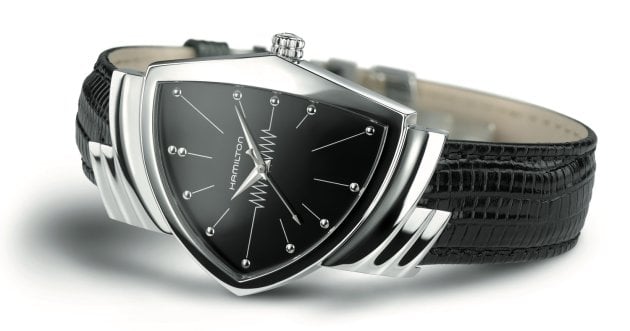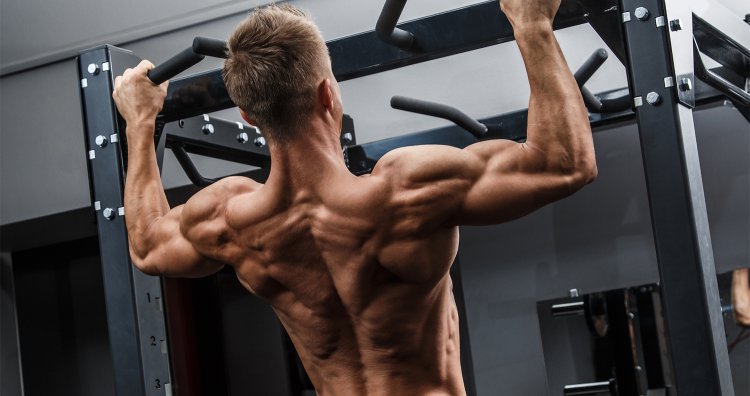
CONTENTS
- Tips for improving the effectiveness of body weight training (1) "Don't set a specific number of times!
- Tips for increasing the effectiveness of body weight training (2) "Basically, use "slow movements" with no recoil."
- Points to increase the effectiveness of body weight training (3) ""Keep intervals as short as possible" is the golden rule!"
- Points to enhance the effectiveness of body weight training (4) "The theory of muscle training is to concentrate on the 'big muscles'."
- The fifth point to increase the effectiveness of body weight training: "Aim for a training frequency of "at least 3 times a week."
- You must do it! Introducing the God Menu in Bodyweight Training
- Pros answer the questions you tend to have about body weight training!
2 ページ以降を表示しています。
目次を表示Suponsered by
You must do it! Introducing the God Menu in Bodyweight Training
God Menu in Bodyweight Training (1) “Jumping Squat”
Jumping squats, as the name implies, are squats that incorporate a jumping motion. It is characterized by a greater muscle stretch and contraction than the normal squat, providing more stimulation. Incidentally, the main leg muscles trained in this exercise are the glutes, hamstrings, and quadriceps.
First, the legs are shoulder-width apart and the hands are folded in front of the chest to avoid using the arms for recoil. Pull your hips back as if you were sitting on a chair, and when you squat down to the point where your knees and hips are at the same height, jump straight up with all your might. When you land on the ground, be careful to keep your feet wide enough so that you do not lose your form, and place your toes first, then your heels. In jumping squats, it is easy to neglect the crouching motion, so it is recommended to be conscious of taking 2~3 seconds to crouch down.
God’s Menu of Bodyweight Training (2) “Push-Ups.”
Push-ups are a typical menu of body weight training. The main target is the pectoral muscles, and as a secondary exercise, the triceps, shoulders, and other muscles can also be trained. There are many variations of push-ups, but the first thing to keep in mind is the orthodox method, also known as the normal push-up. After mastering this method, if you find that it is not enough for your needs, you may want to add some variations, such as raising the legs.
Place your hands on the floor with your fists about one fist wider than shoulder-width apart and extend your elbows. Both legs should be straight, and the body should be in a straight line. Then, lower your body for about three seconds, and when your chin touches the floor, take two seconds to raise your body. Repeat this movement. The key is to always keep your elbows above your wrists during the movement.
God’s Menu of Bodyweight Training (3) “Back Muscle (Back Extension)”
Back extensions are also a classic example of a bodyweight training exercise. It is known as one of the few weight-training exercises that can be performed on the back. It is recommended for those who want to create a beautiful posture, as it stimulates the spinal erector muscles and other back muscles such as the latissimus dorsi and greater circularis muscles. Although it is a simple muscle training exercise that only involves raising the upper body from a prone position, there are actually many points to keep in mind, so be sure to check it out.
While lying on your back, put pressure on your buttocks with your toes pointing outward. While keeping this position, reach forward with your hands and start when your knees are about 2~3 cm above the ground. While elevating your upper body, pull your arms back with the image of your elbows and hips attached to each other, and hold this position for 1 second. From there, slowly bring your body back and repeat the movement. It is important to keep your knees elevated throughout the movement, but if you want to reduce the intensity, you can place them on the floor.
The God Menu of Weight Training (4) “Pull-ups (Chinning)”
Chinning is known as one of the most intense weight training exercises. It is a menu that stimulates the latissimus dorsi muscle, trapezius muscle, and pectoralis major muscle, all of which must be trained to build a good-looking back. For beginners in strength training, it is quite difficult to perform pull-ups with proper form, but according to Mr. Taizan, it is effective even if you skip the lifting part by jumping and just repeat the lowering part.
Start with the bar about one fist wider than shoulder-width apart, with your hips straining and only the upper part of your back bent back. When lifting the body, keep the image of bringing the bar close to the solar plexus, and as you lift the body, bend the upper body back to work the broad back muscles. The most important part of chinning is the lowering movement. It is easy to relax, but be aware that you are stretching the muscles as you slowly lower your body.
God’s Menu of Bodyweight Training 5: “Abdominal Circuit (Crunches, Leg Raises, Heel Touches)”
The abdominal muscles are largely divided into upper, lower, and lateral (flank) muscles. Since training only the upper part of the abdominal muscles will result in imbalance, if you want to build beautiful abdominal muscles, it is advisable to incorporate a menu that allows you to thoroughly work each part of the abdominal muscles. To this end, Mr. Taizan has devised this abdominal circuit. The upper abs are crunches, the lower abs are leg raises, and the flanks are heel touches. The crunches and leg raises should be done 10 times, and the heel touches 20 times, with no rest between sets.
How to do crunches
Lie on your back on the floor, hands on your thighs and feet positioned so that your knees are at a 90-degree angle. From this position, raise your upper body as you slide your hands toward your knees. As you exhale, round your back with the image of your ribs and pubic bone close together, you should feel your abdominal muscles contracting quickly. When lowering, take 3 seconds to do so slowly. Repeat this series of movements 10 times.
How to do leg raises
From a prone position, extend both legs together. Hands should be placed under the hips and pelvis tilted backward to make it difficult for the hips to bow, as a bowed back can cause lower back pain. When ready, slowly raise the legs. Once the legs are raised enough to raise the hips off the floor, lower them slowly over a period of 3~4 seconds. Repeat 10 times and move on to the next heel touch.
How to do heel touches
Like the crunches, lie on your back with your knees bent at 90 degrees. Once your head is in the air and your abdominal muscles are tightened, side bend one leg at a time as if you were touching your calf. When side-bending, work with the image of crushing the side of the body, and try to keep the knees in the same position as possible. Repeat the heel touch 20 times, touching the calf once for a total of 20 heel touches, and you are done.

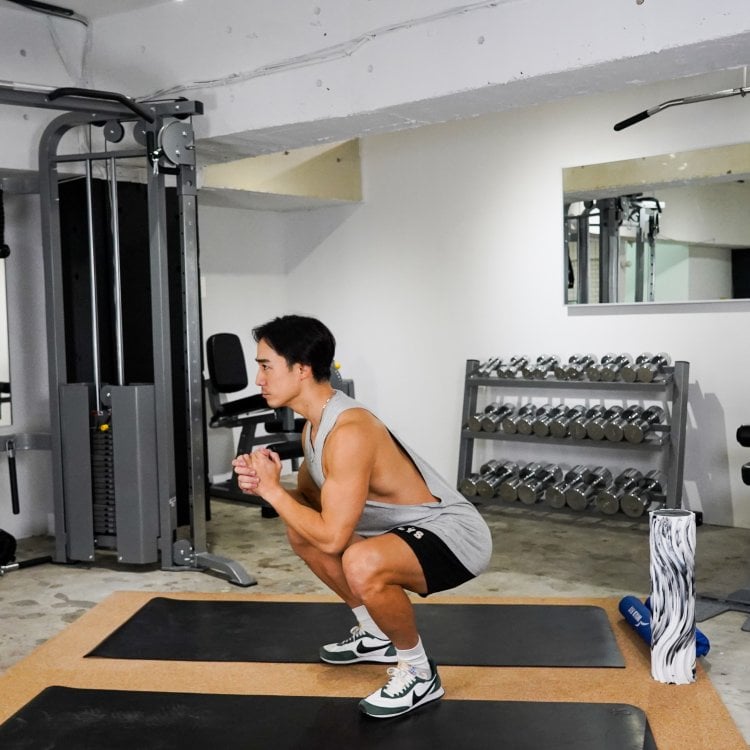
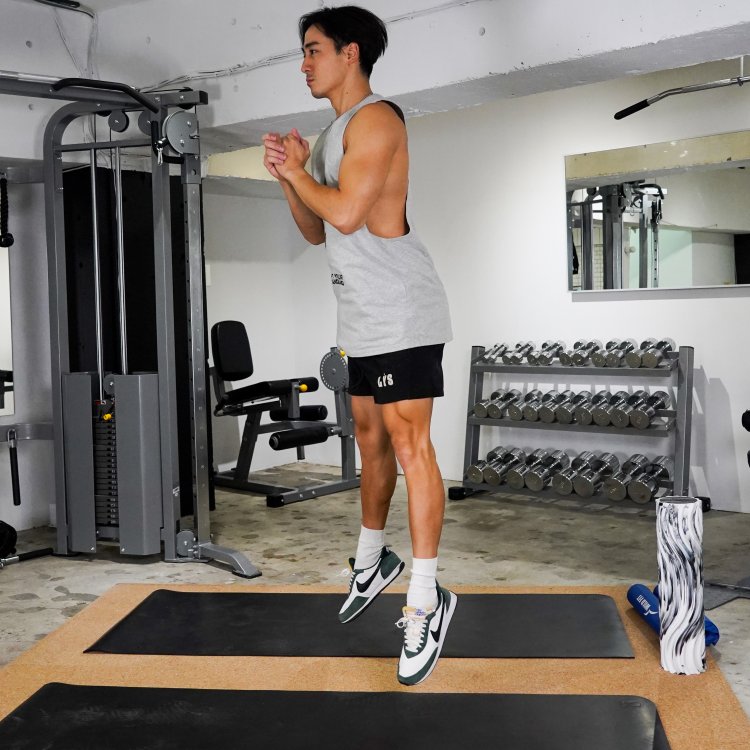
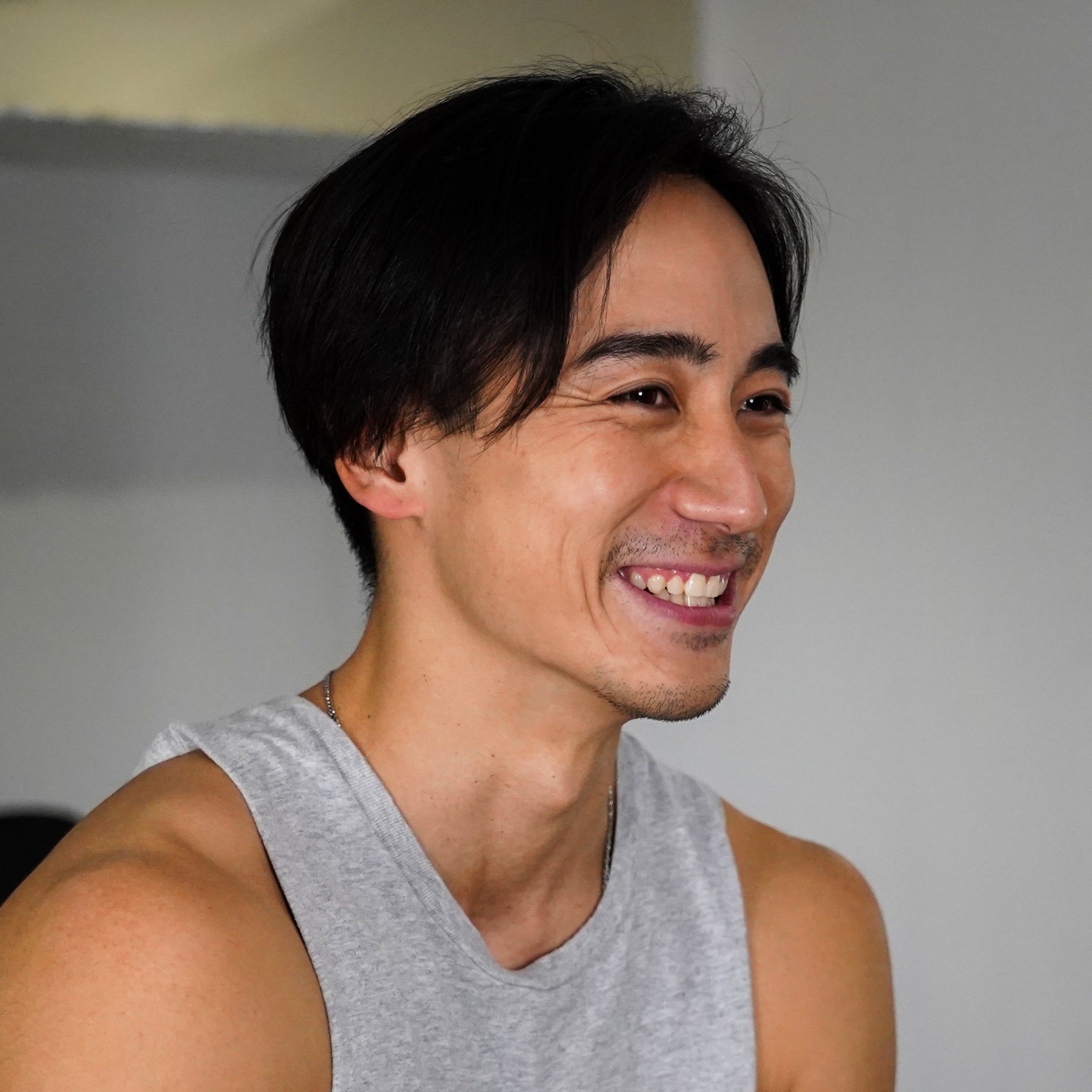
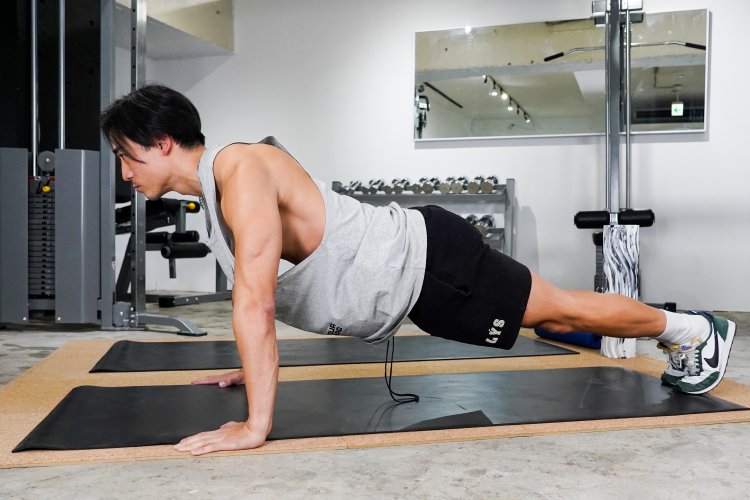
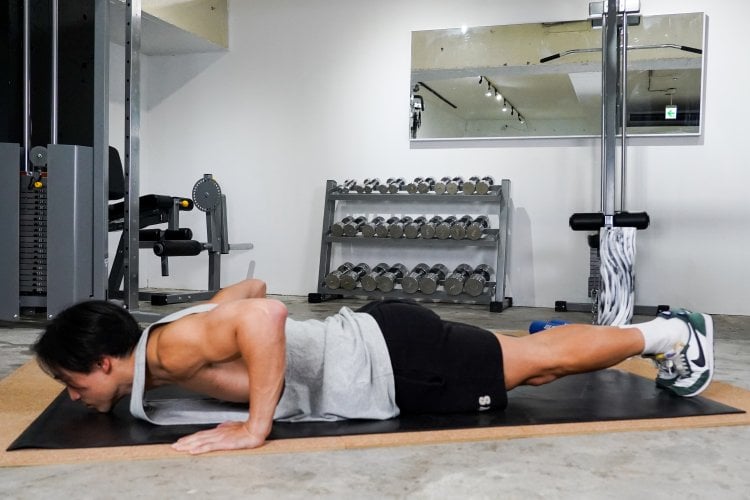
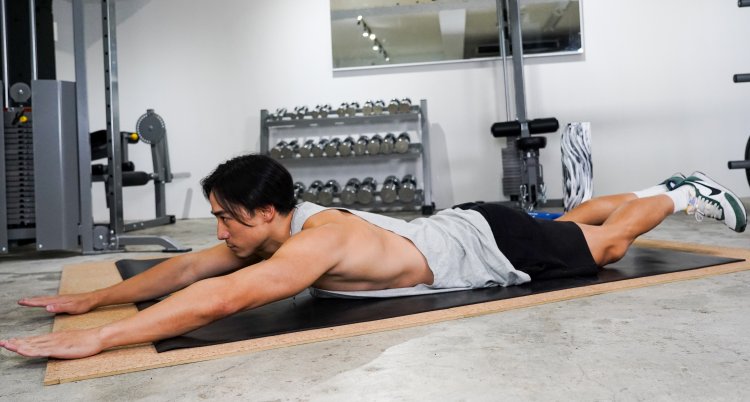
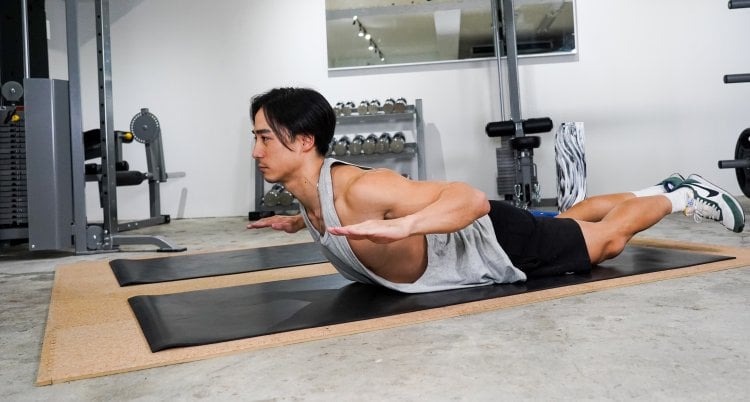
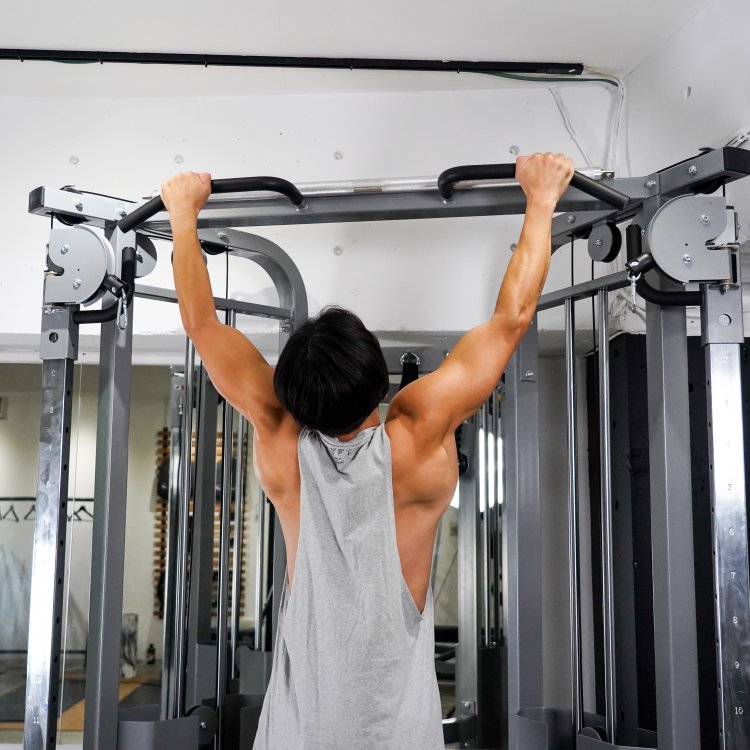
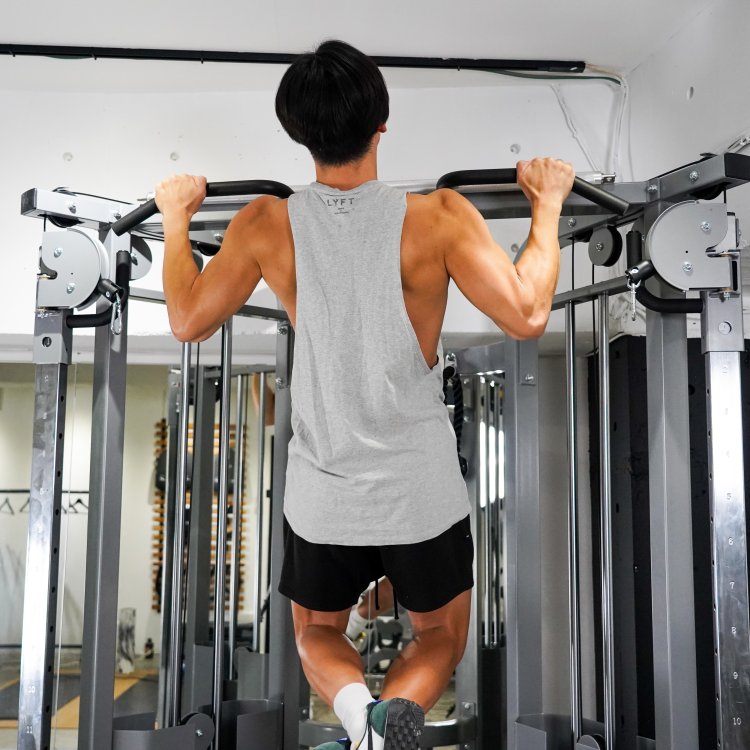
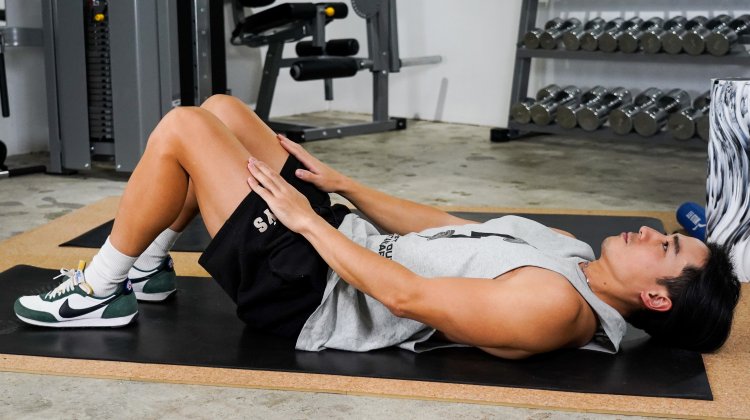
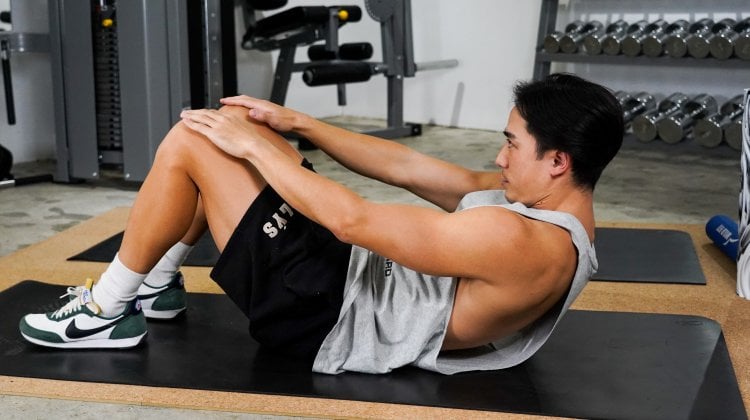
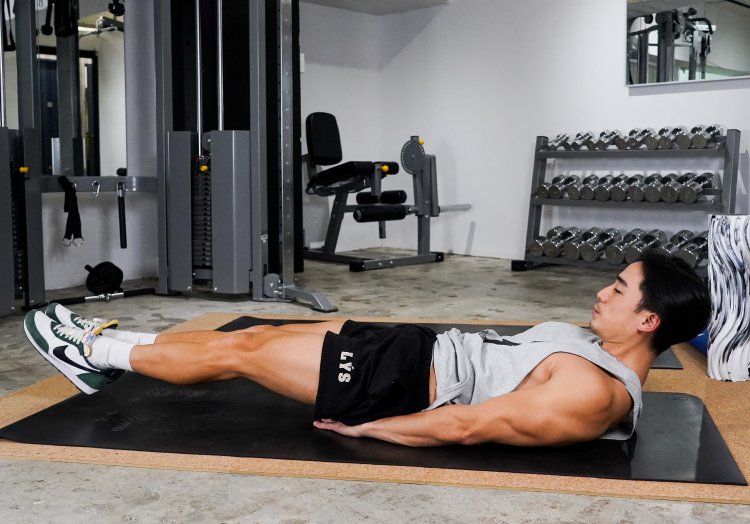
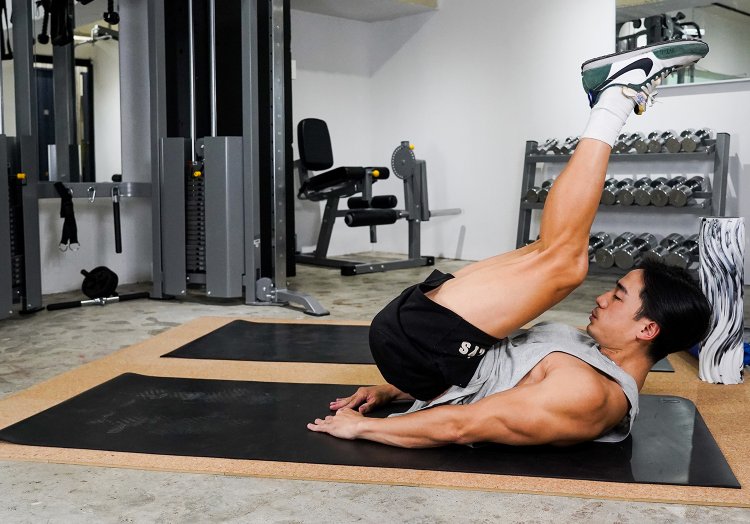
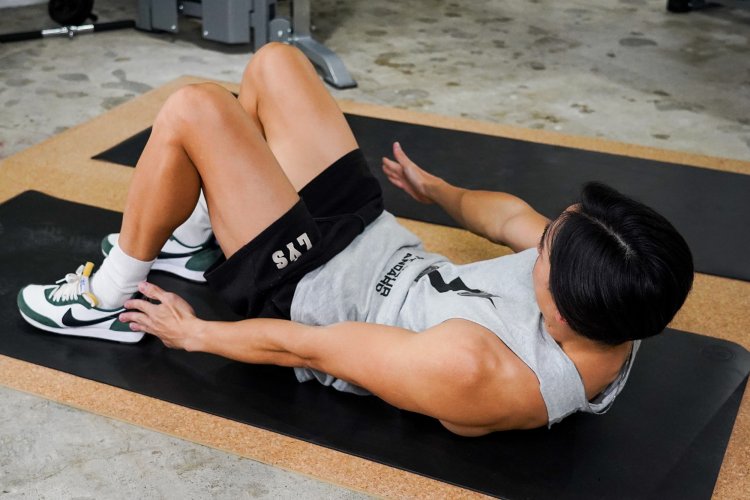
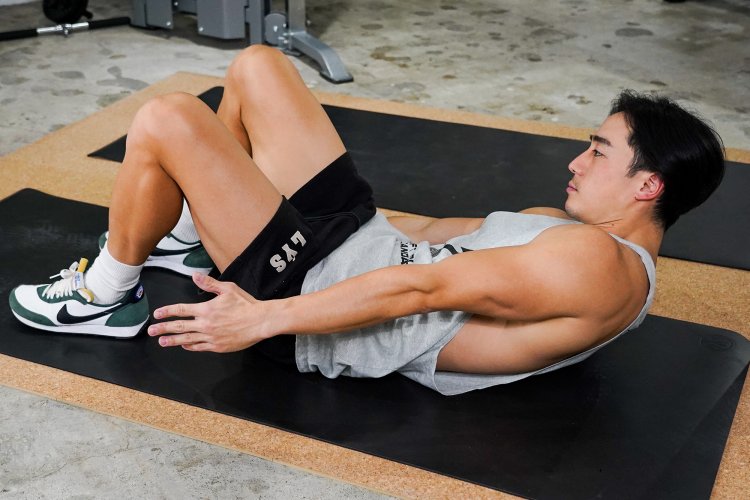

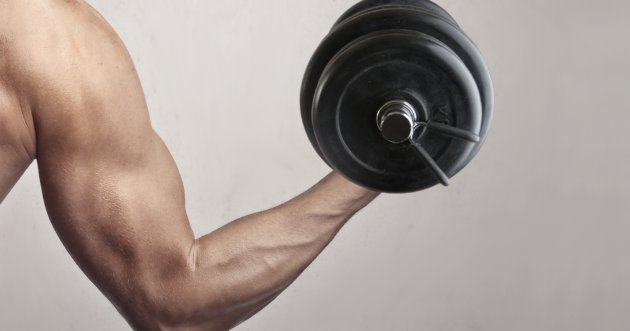
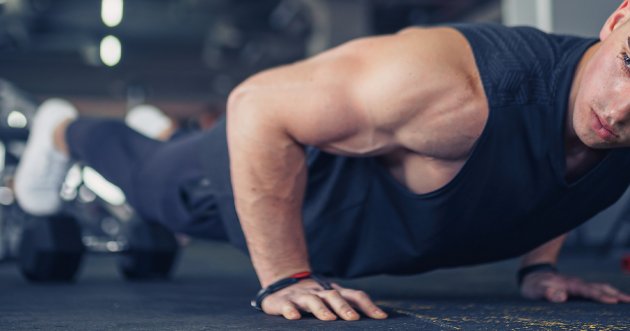



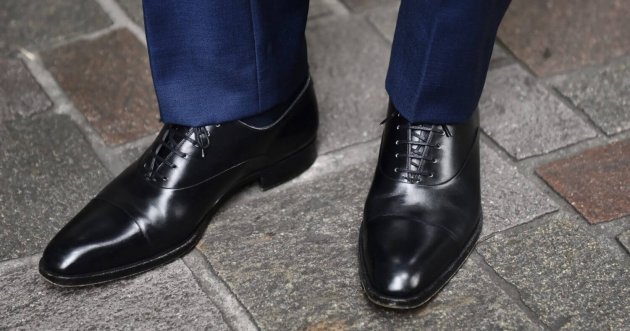
![How to Choose a Necktie [ 5 Perspectives on Choosing the Best Necktie ].](https://otokomaeken.com/wp-content/uploads/2017/12/c7c97bb73b0eb6488874d99641a5f9cd-630x331.jpg)
![How to Wear a Navy Suit for a Decisive Man [Business Style].](https://otokomaeken.com/wp-content/uploads/2016/04/069069ac1a36ff17d5fb59313c0e4f44-630x331.jpg)


![What are the specific 5 changes that muscle training can bring to a man? [“The truth as experienced by practitioners.”]](https://otokomaeken.com/wp-content/uploads/2023/12/3ecb709c1f1613850249ba743b4b1457-630x331.jpg)




